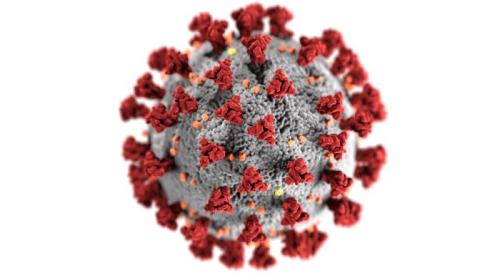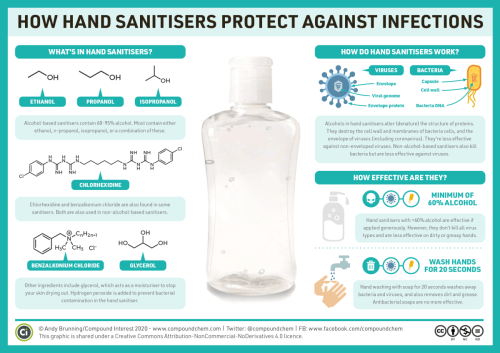For many of us, our news feeds and personal conversations have been dominated this week by COVID-19. The disease caused by severe acute respiratory syndrome coronavirus 2 (SARS-CoV-2) has been in the U.S. for a couple of months, but public awareness has been increasing rapidly and we have reached the point where many university campuses are shifting to online classes in an effort to reduce community exposure and flatten the curve of the epidemic. There are tons of complicated logistics involved in any change like this: for example, see “How to close colleges without hurting vulnerable students” from David Perry in the Washington Post, or the University of Minnesota’s COVID-19 Guidance for Research website for scientists on campus.
Safety and public health are obviously paramount in times of crisis. But once you’re up to speed on your own plans for social distancing, self-quarantine, and taking care of your mental health, we’re here to help you learn a little nanoscience!

One way to think about coronavirus and nanoscience is to remember that viruses are often the same size as nanoparticles. In fact, one of our first podcast episodes was Viruses: Biology’s Nanoparticles, an interview with Prof. M.G. Finn of Georgia Tech. Given that, it’s fair to say that pretty much all coronavirus science is nanoscience! So here are a handful of resources to help you catch up on the science behind COVID-19:
- How Does the Coronavirus Test Work? 5 Questions Answered by Maureen Ferran from The Conversation US and Scientific American
- Here’s How Nanoparticles Could Help Us Get Closer to a Treatment for COVID-19 by Roberto Molar Candanosa, from News@Northwestern
- Researchers in China report structure of the novel coronavirus bound to its human target by Megha Satyanarayana in Chemical & Engineering News
- Scientists Use Online Game to Research COVID-19 Treatment (about the citizen science game FoldIt) by Emma Yasinski in TheScientist
- Thirteen science questions about COVID-19 from teens by Rachel Feltman in Popular Science
- 13 Coronavirus myths busted by science by Live Science Staff at LiveScience.com
- If you’ve got some more time for in-depth reading, here’s a list of Books for Understanding COVID-19 from Johns Hopkins University Press
Curious about how hand sanitizers and soap work against viruses and bacteria? They are both effective; for the former, Compound Interest has an infographic for you:

As for soap, here’s a great Twitter thread by Palli Thordarson, a chemistry professor at the University of New South Wales:
1/25 Part 1 – Why does soap work so well on the SARS-CoV-2, the coronavirus and indeed most viruses? Because it is a self-assembled nanoparticle in which the weakest link is the lipid (fatty) bilayer. A two part thread about soap, viruses and supramolecular chemistry #COVID19 pic.twitter.com/OCwqPjO5Ht
— Palli Thordarson (@PalliThordarson) March 8, 2020
So here’s hoping for a healthy weekend, Sustainable Nano readers! And please share — what are your favorite resources on COVID-19 science?
